 by "ttyymmnn" (ttyymmnn)
by "ttyymmnn" (ttyymmnn)
Published 03/03/2017 at 12:35
 by "ttyymmnn" (ttyymmnn)
by "ttyymmnn" (ttyymmnn)
Published 03/03/2017 at 12:35
Tags: planelopnik history
; Planelopnik
STARS: 8
Welcome to This Date in Aviation History , getting you caught up on milestones, important historical events and people in aviation from March 1 through March 3.
!!! UNKNOWN CONTENT TYPE !!!
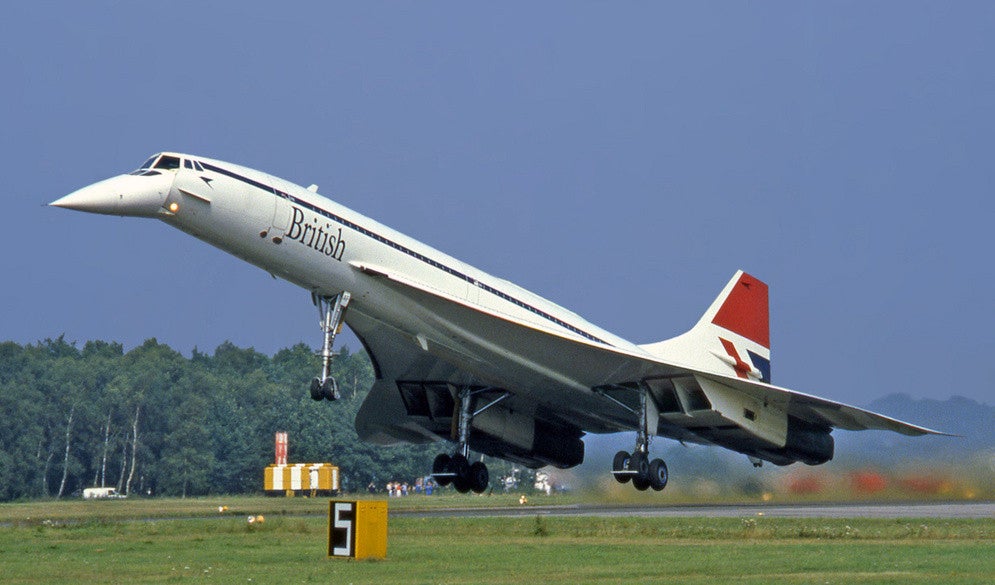
March 2, 1969 – The first flight of the Aérospatiale/British Aircraft Corporation Concorde. The evolution of the airplane has branched out in many directions, and the airplane has taken many forms, but perhaps one constant throughout this developmental history has been the quest for speed. In 1903, the Wright Brothers’ first flight covered the ground at a speed of 6.8 mph, but a mere 44 years later Chuck Yeager flew the Bell X-1 past the speed of sound. Even though supersonic flight was mainly the purview of the world’s militaries in those days, work soon began to see how that technology might be applied to commercial aircraft, with the English and French both working individually on their own solutions. In the early 1950s, the Royal Aircraft Establishment in England formed the Supersonic Transport Aircraft Committee to study the concept of a supersonic airliner. After considerable research on various design possibilities, they settled on an ogee delta planform for the wing, with a slender fuselage to reduce drag. Their work culminated in the Bristol Type 223 , an airliner that would have seated about 100 passengers and have a top speed of Mach 2, though it never progressed beyond the design phase. On the other side of the English Channel, France was also investigating a supersonic airliner, and had come to many of the same design conclusions reached by the British. However, their concept for the Super-Caravelle , while similar in shape, was significantly smaller, and was envisioned more as a replacement for the Caravelle airliner and not for transatlantic flights. With both countries working towards essentially the same goal, it became obvious that an international partnership would best serve their interests (and help compete against the US dominance in commercial airliner production, including Boeing’s work on its own supersonic airiner, the Boeing 2707 ). In November 1963, England and France signed a treaty binding the two countries to work together on the project, and the name Concorde was chosen in honor of this landmark international agreement. Construction of two prototypes began in 1965, the first in France (001) and the second in England (002). The French Concorde flew first on March 2, 1969, followed a month later by the English Concorde on April 9, 1969. Ultimately, 20 Concordes were built, six of which were prototypes and used for development and testing. Air France and British Airways each received seven aircraft.
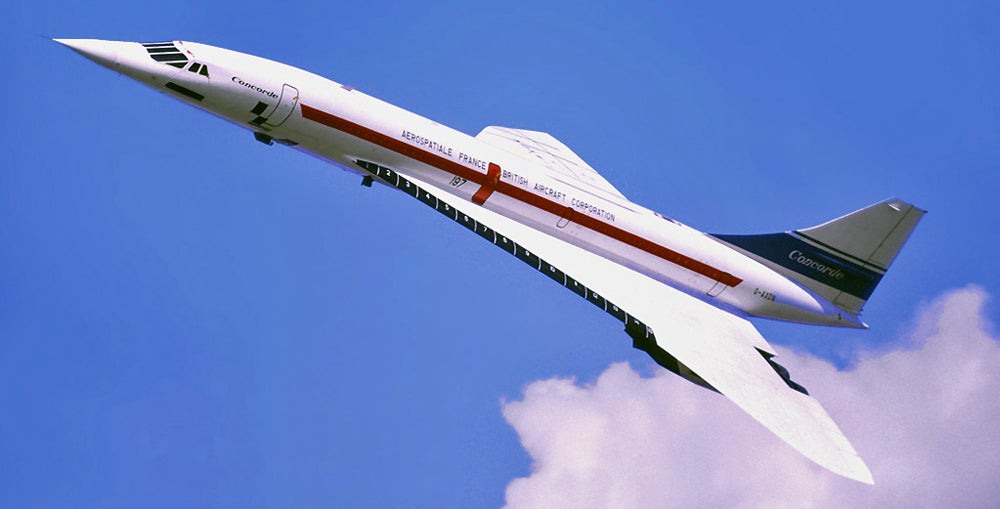
Concorde entered service with British Airways on January 21, 1976 flying London-Bahrain and with Air France flying Paris-Rio de Janeiro. British Airways flew daily between New York and London, and weekly flights to Barbados during the holiday season. They also served Dallas, Miami, Singapore, Toronto, and Washington, DC. Air France flew between Paris and New York five times a week, as well as scheduled flights to Caracas, Mexico, Rio, and Washington, DC. Concorde’s four Rolls Royce/Snecma Olympus 593 afterburning turbojets provided a maximum cruising speed of Mach 2.04, and cut the flying time between transatlantic destinations in half when compared to traditional airliners, with flights averaging about 3 hours 30 minutes. Concorde set a number of records, including the fastest eastward transatlantic flight on a trip from JFK to Heathrow on February 7, 1996, completing the trip in just 2 hours, 52 minutes, 59 seconds. Concorde also set records for circumnavigation of the globe in both directions, though with numerous refueling stops along the way.

The 14 operational Concordes enjoyed a remarkable safety record, though there were two non-fatal accidents and a spate of tire failures throughout their service history. The only loss of a Concorde occurred on July 25, 2000 when Air France Flight 4590 (F-BTSC) crashed shortly after takeoff from Charles de Gaulle airport. During takeoff, the aircraft struck debris on the runway that punctured one of its tires. As the tire disintegrated at high speed, pieces of the tread ruptured a fuel tank which then ignited a catastrophic fire leading to engine failures. The airliner crashed into a hotel, killing all 100 passengers, 9 crew, and 4 persons on the ground. Following the crash, all Concordes were grounded until safety improvements could be made, and service resumed in November 2001. Though the crash didn’t lead directly to the end of Concorde flights, its service days were numbered. With high fuel costs and small passenger capacity, Concorde had never been a money-maker for the airlines. But the crash did cause fewer people to book flights on Concorde, and there was also a general drop in all passenger numbers following the September 11 terrorist attacks . With rising maintenance costs also figuring into the balance sheet, Air France and British Airways made the decision to retire Concorde in 2003. Twelve of the original 14 operational aircraft were dispersed to display sites in Europe, the US, and Barbados. Of the remaining 2, 1 aircraft was lost in the 2000 crash, and the other was used for spare parts and scrapped in 1994. (Photo by Ralf Manteufel via Wikimedia Commons ; Photo by Richard Vandervord via Wikimedia Commons ; Photo by Alexander Jonsson via Wikimedia Commons )
!!! UNKNOWN CONTENT TYPE !!!
!!! UNKNOWN CONTENT TYPE !!!
!!! UNKNOWN CONTENT TYPE !!!

March 1, 2002 – The launch of the Space Shuttle Columbia on STS-109, the last successful mission of Columbia . The launch of Columbia was the 27th flight of the orbiter and the 108th mission of the Space Shuttle program . The flight was the first for Columbia after undergoing a 2.5 year modification program, and the mission was highlighted by the installation of a new camera, new solar arrays, and a new power unit on the Hubble Space Telescope (HST), the third of five Hubble servicing missions. STS-109 was also the final successful flight of Columbia . The orbiter was lost on February 1, 2003 during STS-107 when it disintegrated while reentering Earth’s atmosphere after a piece of insulation foam damaged the wing during launch. Columbia burned up in the atmosphere with the loss of 7 astronauts. (NASA photo)
!!! UNKNOWN CONTENT TYPE !!!

March 1, 1966 – The Soviet space probe Venera 3 crash lands on Venus. The Soviet Vernera program was a series of space probes launched between 1961-1984 to study the planet Venus. Venera 3 (the lander is the small, cone-shaped portion at the top of the spacecraft) was launched from Baikonur , Kazakhstan on November 16, 1965, and its mission was to land on the surface of our solar system’s second planet and to study magnetic fields, cosmic rays, solar plasma and micrometeorites. Unfortunately, radio contact with the probe was lost during landing, and the spacecraft most likely crashed. Nevertheless, the probe has the distinction of being the first manmade spacecraft to impact the surface of another planet. (Photo author unknown)
!!! UNKNOWN CONTENT TYPE !!!
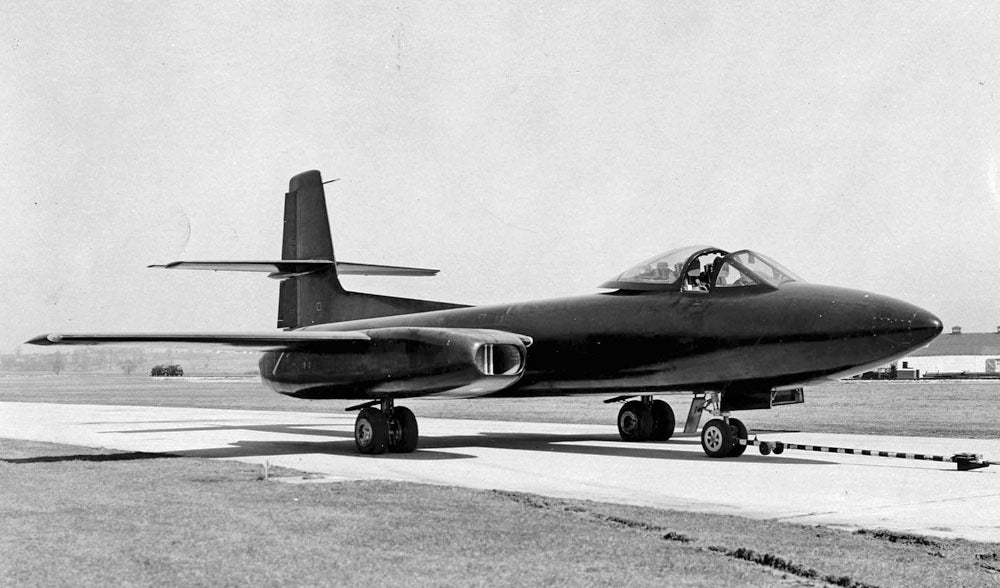
March 1, 1948 – The first flight of the Curtiss-Wright XF-87 Blackhawk, a prototype all-weather fighter/interceptor developed by the Curtiss-Wright Corporation as a successor to the Northrop P-61 Black Widow . Curtiss-Wright initially proposed a twin-engine jet fighter, but the Air Force rejected their proposal because the engines weren’t powerful enough for the 32,000-pound airframe. So Curtiss-Wright altered their plans to meet the new Army requirement and added two more engines. Flight tests showed the Blackhawk to be an acceptable aircraft, though the first engines were underpowered, and the Blackhawk suffered from buffeting that was never entirely solved. Following an upgrade to more powerful General Electric J47 turbojets, the XF-87 showed promise, and the USAAF placed orders for 57 aircraft, but the XF-87 ultimately lost out to the Northrop F-89 Scorpion . Only 2 prototypes were built, and the loss of the contract led to the demise of Curtiss-Wright. (US Air Force photo)
!!! UNKNOWN CONTENT TYPE !!!
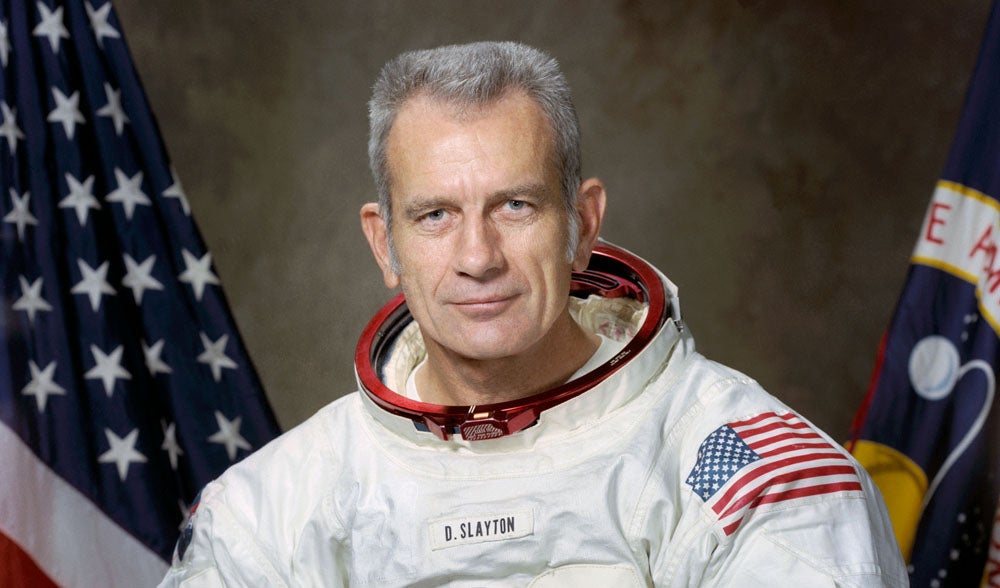
March 1, 1924 – The birth of Donald Kent “Deke” Slayton. Slayton was born in Sparta, Wisconsin, and enlisted in the US Army Air Forces in 1942 where he trained as a bomber pilot flying the North American B-25 Mitchell and Douglas A-26 Invader . Following the war, Slayton served as a test pilot, and was chosen in 1958 along with 6 others to form the Mercury Seven , America’s first group of astronauts. Due to an irregular heartbeat, Slayton was the only member of the group never to fly a Mercury program mission, but continued in NASA service as the Chief of the Astronaut Office and later the Director of Flight Crew Operations. Slayton finally went to space as a member of the Apollo-Soyuz Test Project that saw a Soviet and an American spacecraft dock together in Earth Orbit. Slayton also took part in the Space Shuttle program , and retired from NASA in 1982. He died on June 13, 1993. (NASA photo)
!!! UNKNOWN CONTENT TYPE !!!
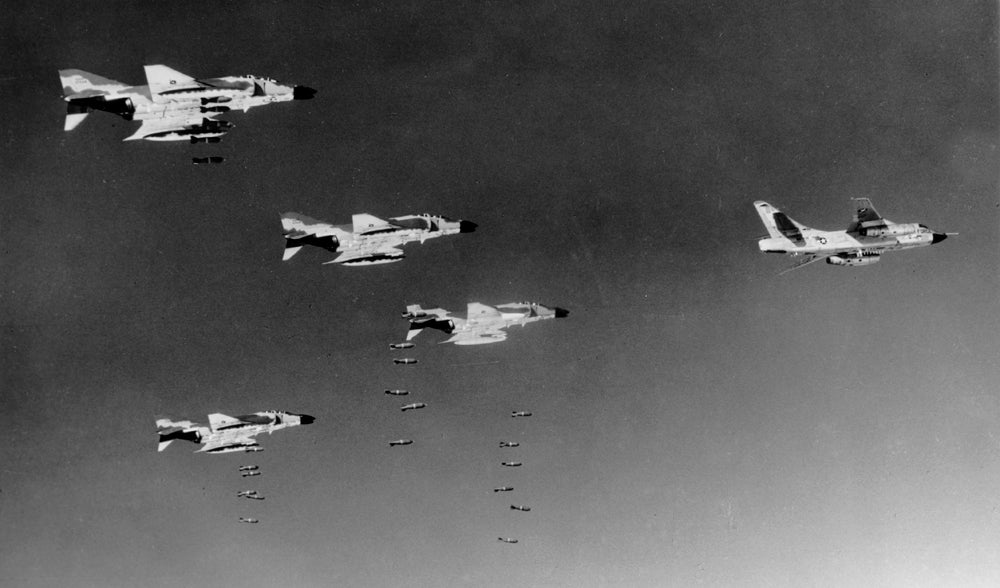
March 2, 1965 – The start of Operation Rolling Thunder, a sustained campaign of aerial bombardment against North Vietnam that lasted more than three years. The prolonged campaign attempted to boost South Vietnamese morale, stop the North Vietnamese government from its support of Communist rebels in the south, destroy the transportation system of North Vietnam, and prevent the flow of war materiel into the south. American and South Vietnamese aircraft faced dogged and sophisticated resistance to the attacks, and over 900 aircraft were lost, resulting in the death of 255 USAF pilots with 222 captured. For the US Navy and Marine Corps, 454 pilots were killed, captured or missing. Despite 864,000 tons of bombs dropped during over 300,000 sorties, Rolling Thunder was ultimately unsuccessful. (US Air Force photo)
!!! UNKNOWN CONTENT TYPE !!!
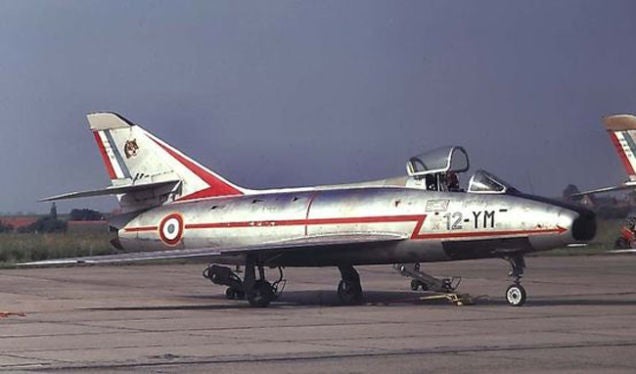
March 2, 1955 – The first flight of the Dassault Super Mystère, a French-built fighter-bomber and the first Western European supersonic aircraft to enter mass production. The Super Mystère is the ultimate evolution of the Dassault Ouragan , which had in turn been developed into the Mystère I/II/III and Mystère IV . The Super Mystère was the first in the series to achieve supersonic speeds in level flight. Following its introduction in 1957, the Super Mystère served with the French Armée de l’Air until 1977. It was also exported to Honduras and Israel, where it saw action in the Six Day War and the Yom Kippur War . A total of 180 aircraft were built. (Photo author unknown)
!!! UNKNOWN CONTENT TYPE !!!
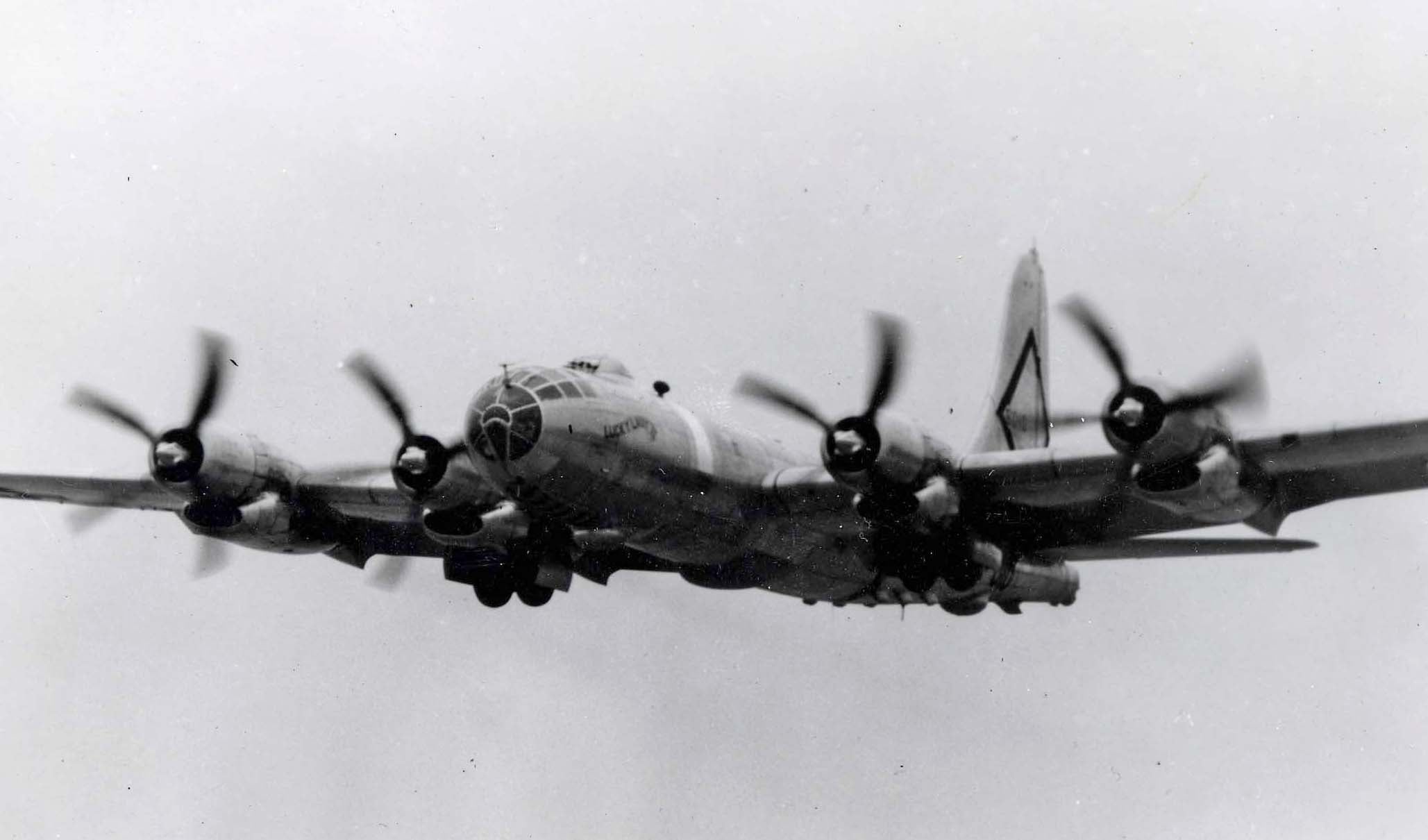
March 2, 1949 –
The crew of
Lucky Lady II
completes the first non-stop circumnavigation of the globe.
Lucky Lady II
was a US Air Force
Boeing B-50 Superfortress
belonging to the
43rd Bombardment Group
. At the time of its round-the-world flight, the B-50 still had all of its defensive armament, though the bomb bay was fitted with an additional fuel tank. Luck Lady II was manned by a double crew, and each crew flew in 6-hour shifts throughout the 94 hour flight. Departing from Carswell AFB in Texas, the aircraft flew an easterly route, was refueled by aerial tankers four times along the way before returning to Carswell AFB on March 2. Each member of the crew was awarded the
Distinguished Flying Cross
.
(US Air Force photo)
!!! UNKNOWN CONTENT TYPE !!!

March 3, 2005 – Steve Fossett completes the first nonstop solo circumnavigation of the Earth.
Millionaire adventurer
Steve Fossett
took off from Salina, Kansas on February 28, 2005 in the
Virgin Atlantic GlobalFlyer
, an aircraft designed by
Burt Rutan
and built by Rutan’s company
Scaled Composites
with an airframe made of carbon fiber reinforced plastic and powered by a single
Williams FJ44
turbofan engine. After taking off, Fossett flew eastward from Kansas, and slightly more than 67 hours and 22,936 miles later he returned to Salina, managing an average speed of 342.2 mph and claiming the absolute record for “speed around the world, nonstop and non-refueled.” The following year, Fossett would 25,766 miles nonstop to set the world’s record for the greatest distance ever traveled in an aircraft.
(NASA photo)
!!! UNKNOWN CONTENT TYPE !!!
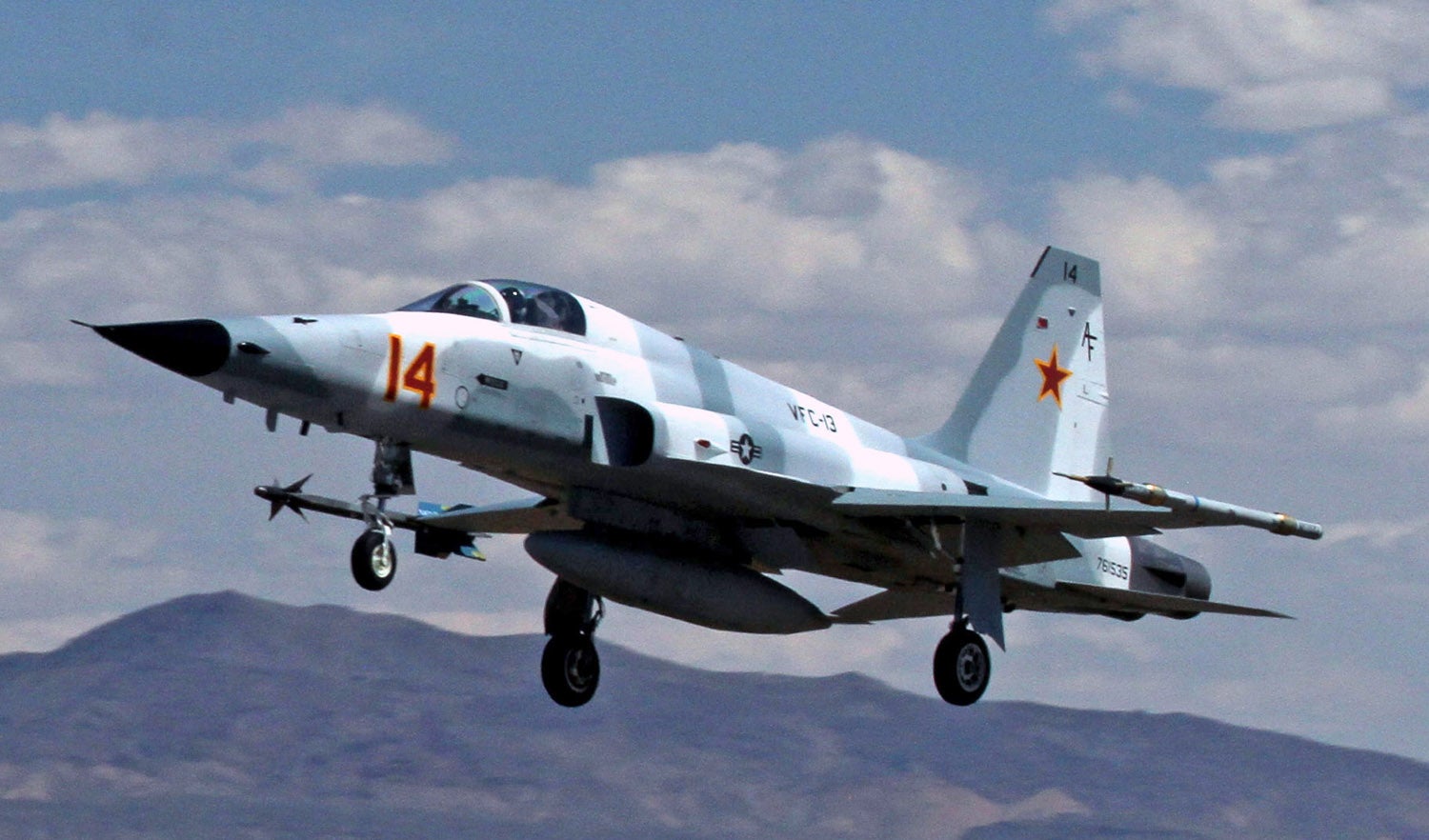
March 3, 1969 – The US Navy establishes the Fighter Weapons School at NAS Miramar, popularly known as Topgun or TOPGUN.
In 1968, the US Navy published the
Ault Report
, a review of Navy air-to-air missile system capabilities in the period from 1965-1968, a period when US pilots suffered high losses during the
Rolling Thunder
campaign. Rather than place the blame for American aircraft losses entirely on early air-to-air missiles or missile systems, the Ault report recommended that an Advanced Fighter Weapons School be created to re-educate pilots in the skills of air combat maneuvering (ACM, or dogfighting), skills that had languished after the US started to rely solely on guided missiles. Select Naval Aviators and flight officers are sent to train at Topgun, then return to their operational units to share what they learned. In 1996, Topgun was merged into the
Naval Strike and Air Warfare Center
at NAS Fallon in Nevada.
(US Navy photo)
!!! UNKNOWN CONTENT TYPE !!!
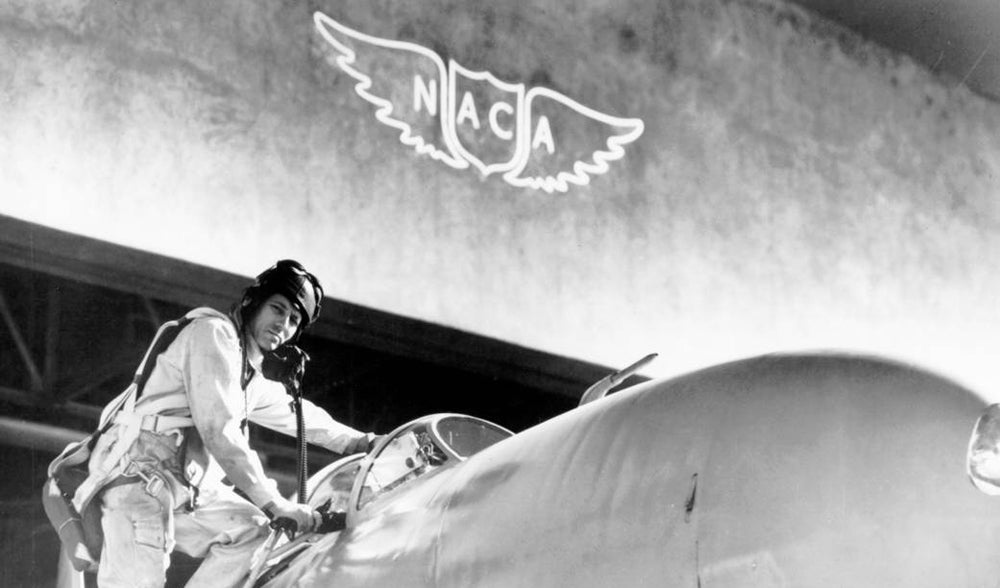
March 3, 1915 – The National Advisory Committee for Aeronautics is founded, a US government agency created to promote the technological development of aviation in the United States. NACA was at the forefront of some of the most important advances in aircraft design, such as the NACA cowling , which improved aerodynamics of radial engines and increased fuel efficiency, the NACA duct , which was an aerodynamic air intake used on jet aircraft, and the NACA airfoil, which maximized air pressure both above and below the wing. NACA took the lead in the development of advanced jet aircraft in the period immediately following WWII, and was responsible for many of the significant advances made in speed and altitude. With the beginning of the American space program, NACA was dissolved and its assets were transferred to the fledgling National Aeronautics and Space Administration (NASA) in 1958. (NASA photo)
!!! UNKNOWN CONTENT TYPE !!!
!!! UNKNOWN CONTENT TYPE !!!
!!! UNKNOWN CONTENT TYPE !!!
!!! UNKNOWN CONTENT TYPE !!!
!!! UNKNOWN CONTENT TYPE !!!
!!! UNKNOWN CONTENT TYPE !!!
!!! UNKNOWN CONTENT TYPE !!!
If you enjoy these Aviation History posts, please let me know in the comments. And if you missed any of the past articles, you can find them all at Planelopnik History . You can also find more stories about aviation and aviators at Wingspan and Planes You’ve (Probably) Never Heard Of .
!!! UNKNOWN CONTENT TYPE !!!
 "crowmolly" (crowmolly)
"crowmolly" (crowmolly)
03/03/2017 at 12:38, STARS: 2
!!! UNKNOWN CONTENT TYPE !!!
Not the best quality, and, you know, STYX, but I figure it’s still worth a share.
 "f86sabre" (f86sabre)
"f86sabre" (f86sabre)
03/03/2017 at 12:56, STARS: 1
Deke! By all accounts he was an SOB, but he was generally a fair SOB and he built some good crews.
Speaking of Concorde and its tires, airplane tires is hard. Lots of load, lots of heat and a difficult environment.
My son and I are running up to the Hazy Center tomorrow so we sill see this lovely bird and the namesake for the space shuttle Columbia, the Apollo 11 Command Module .
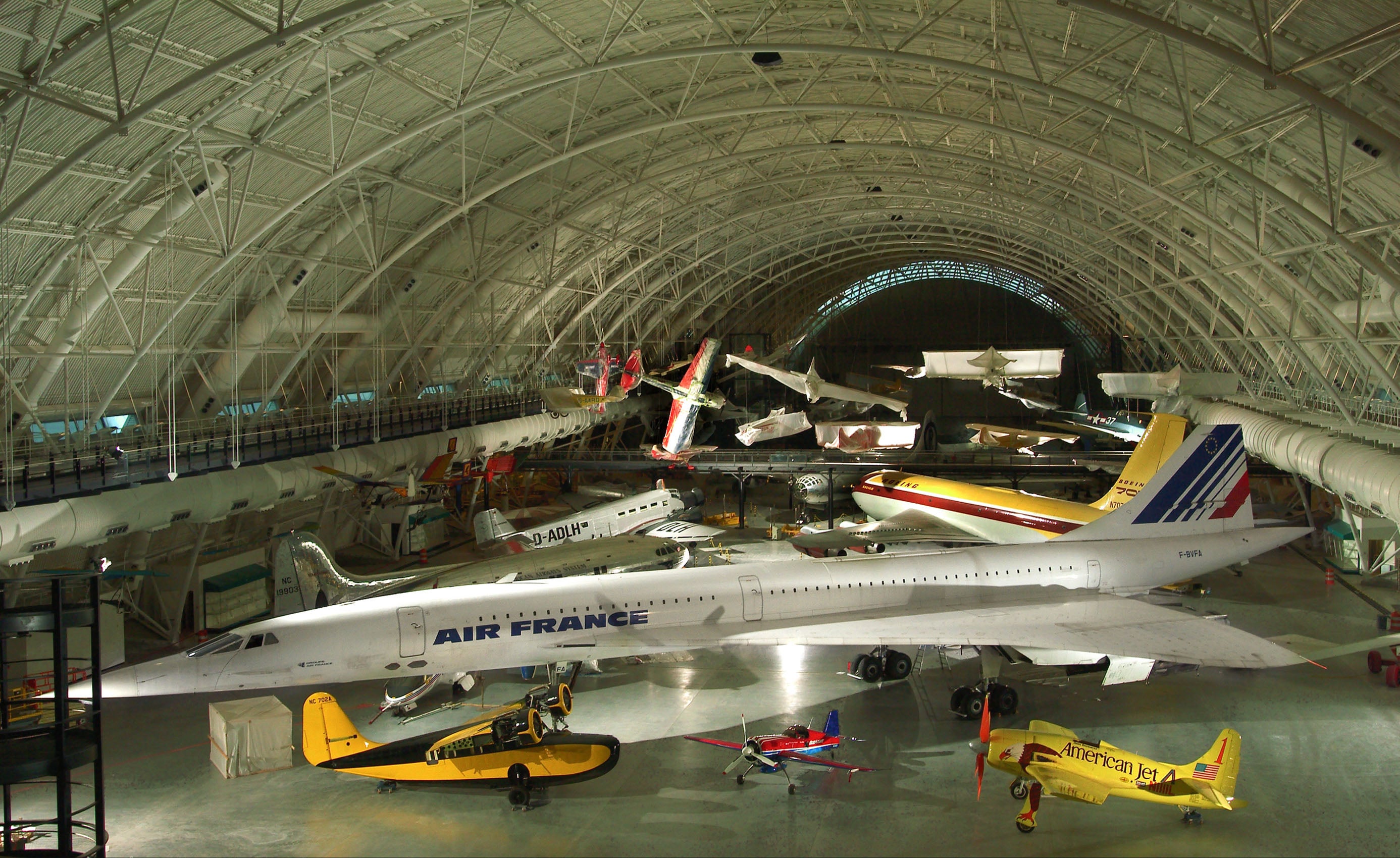
 "vondon302" (vondon302)
"vondon302" (vondon302)
03/03/2017 at 12:56, STARS: 1
Mach 2 to Barbados. Yeah I’d have paid a premium to do that.
Btw glad these are back great way to kill a dead friday at work.
 "someassemblyrequired" (someassemblyrequired)
"someassemblyrequired" (someassemblyrequired)
03/03/2017 at 12:59, STARS: 2
I went to a panel discussion with Concorde pilots and maintenance guys from BA shortly after they were retired. They said that British Airways were quite happy to keep flying Concorde well into the future - it had become very profitable in its later years, even post 9/11. The main reason BA withdrew them was Airbus (at what they characterized as an Air France/French government request) would no longer accept orders for critical spare parts. The venom in that room directed at AF was palpable, the panel was clearly in agreement that AF’s maintenance, safety and operations procedures were seriously lacking (not just with respect to Concorde). Possibly for those reasons, AF wanted to stop flying Concorde, and they saw the end of spare parts support as a “if we can’t have them, you can’t have them” situation.

03/03/2017 at 13:00, STARS: 0
Minor correction on the XF-87: The initial XA-43 design had four Westinghouse XJ34-WE-7 turbojets which carried over, but were upgraded to two J47s to improve performance.
 "facw" (facw)
"facw" (facw)
03/03/2017 at 13:01, STARS: 1

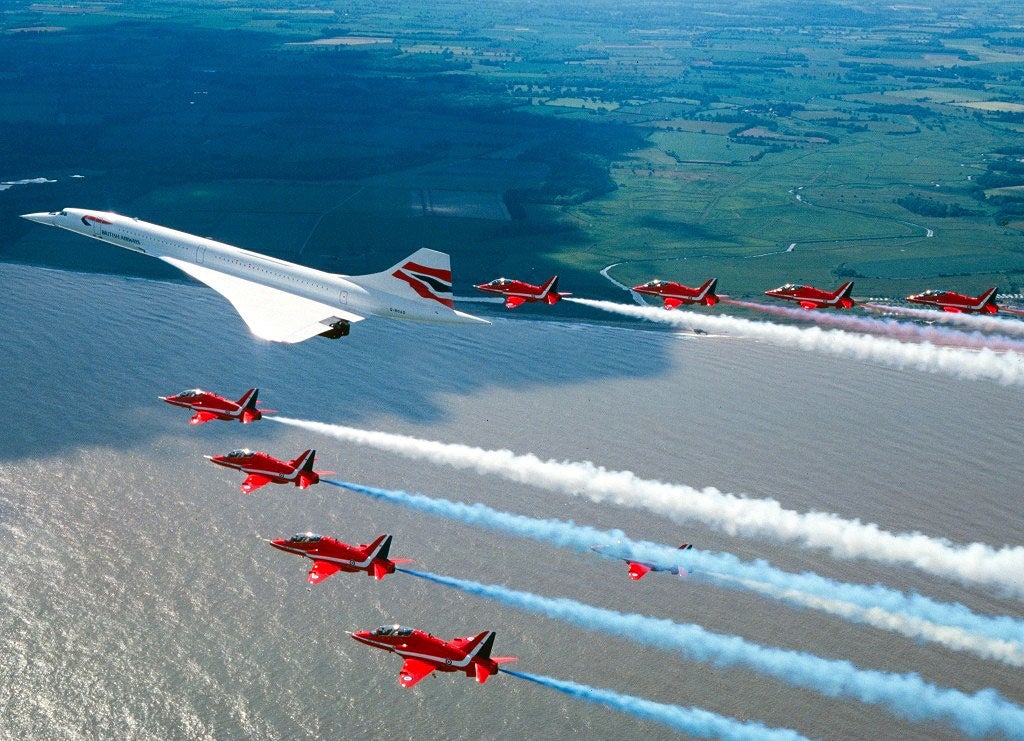
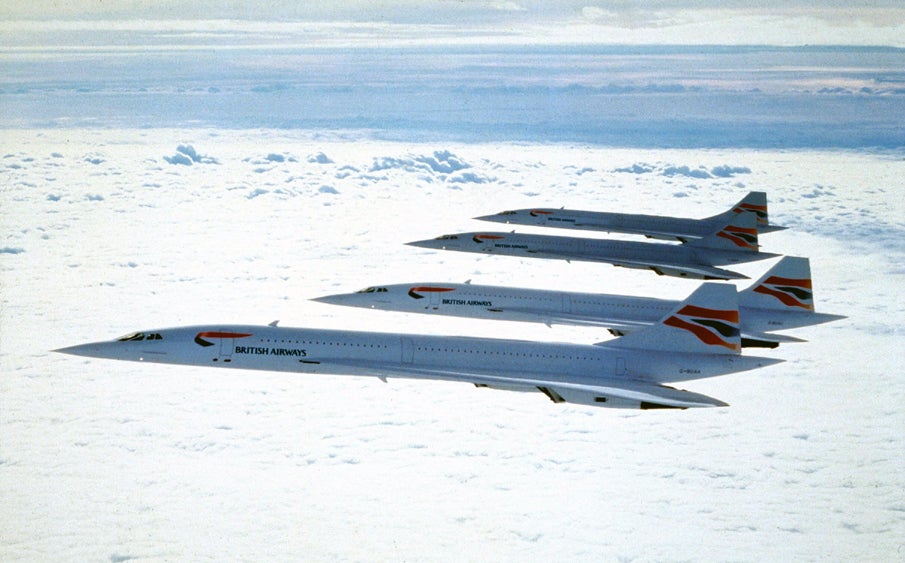
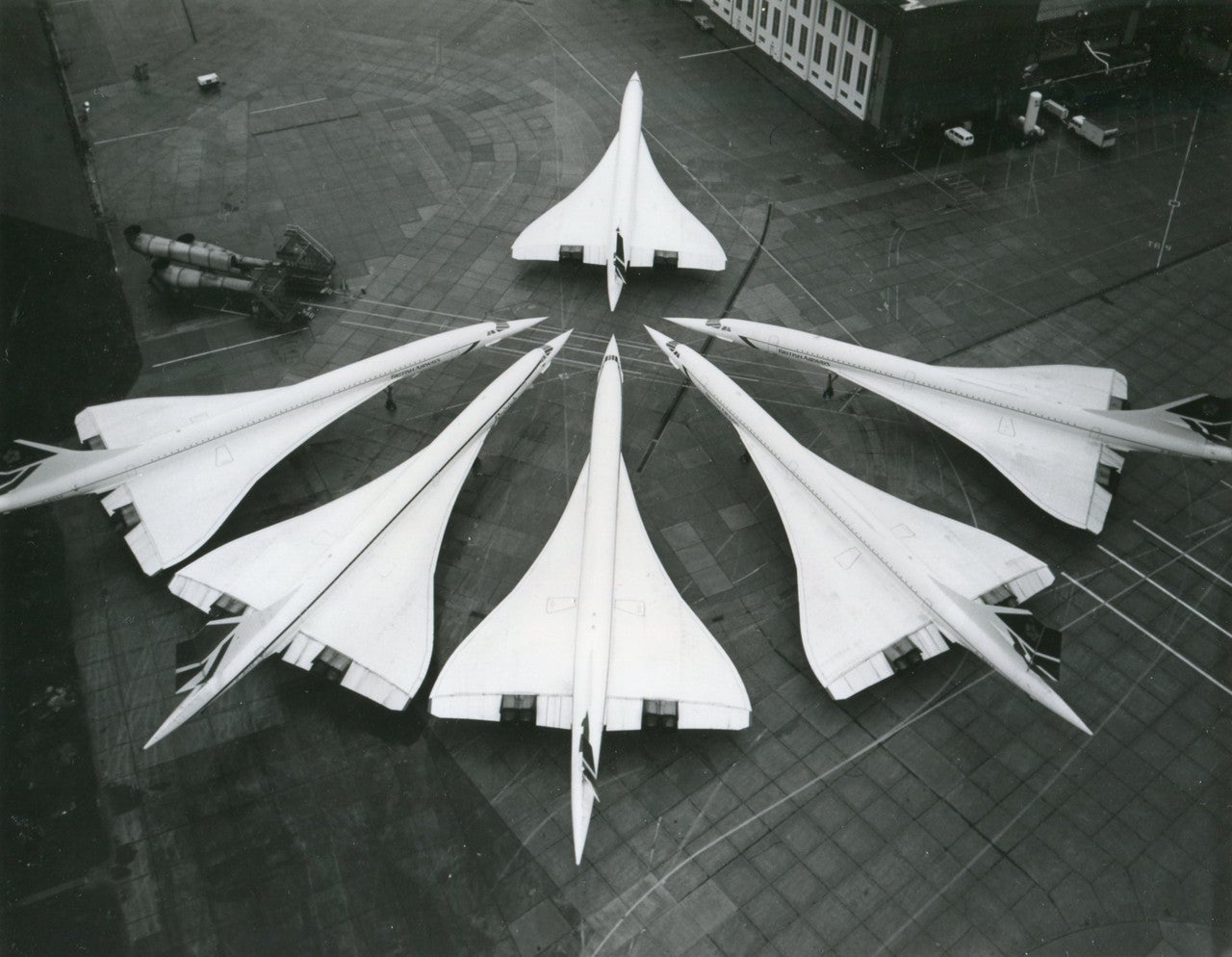

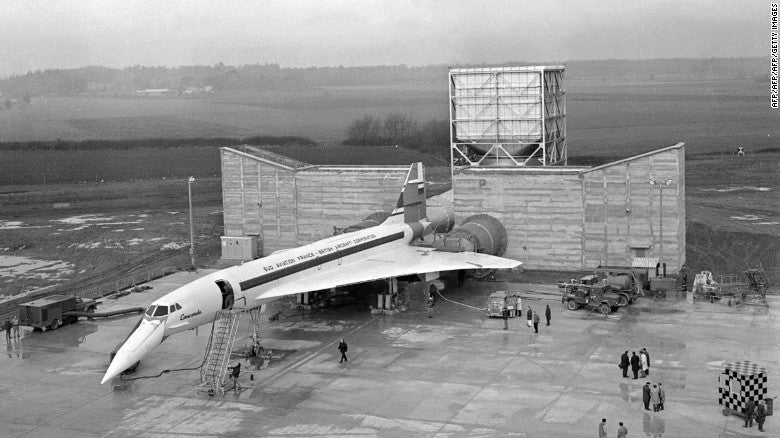
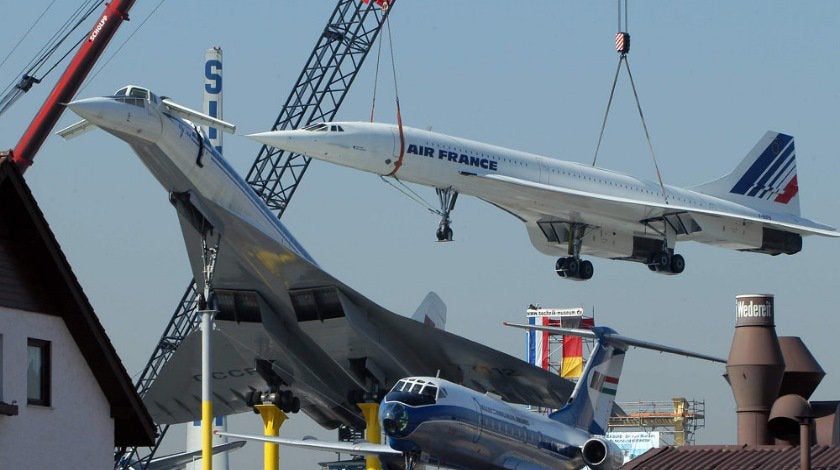

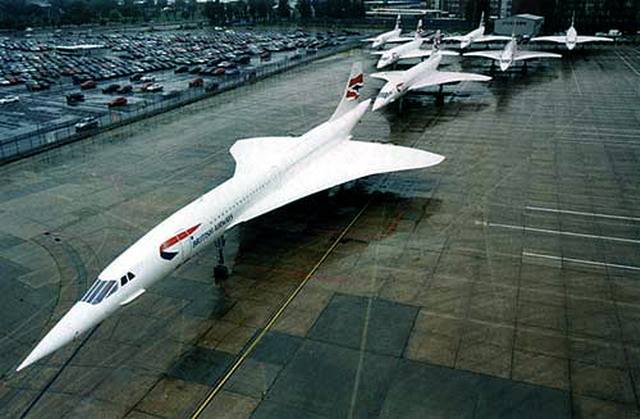
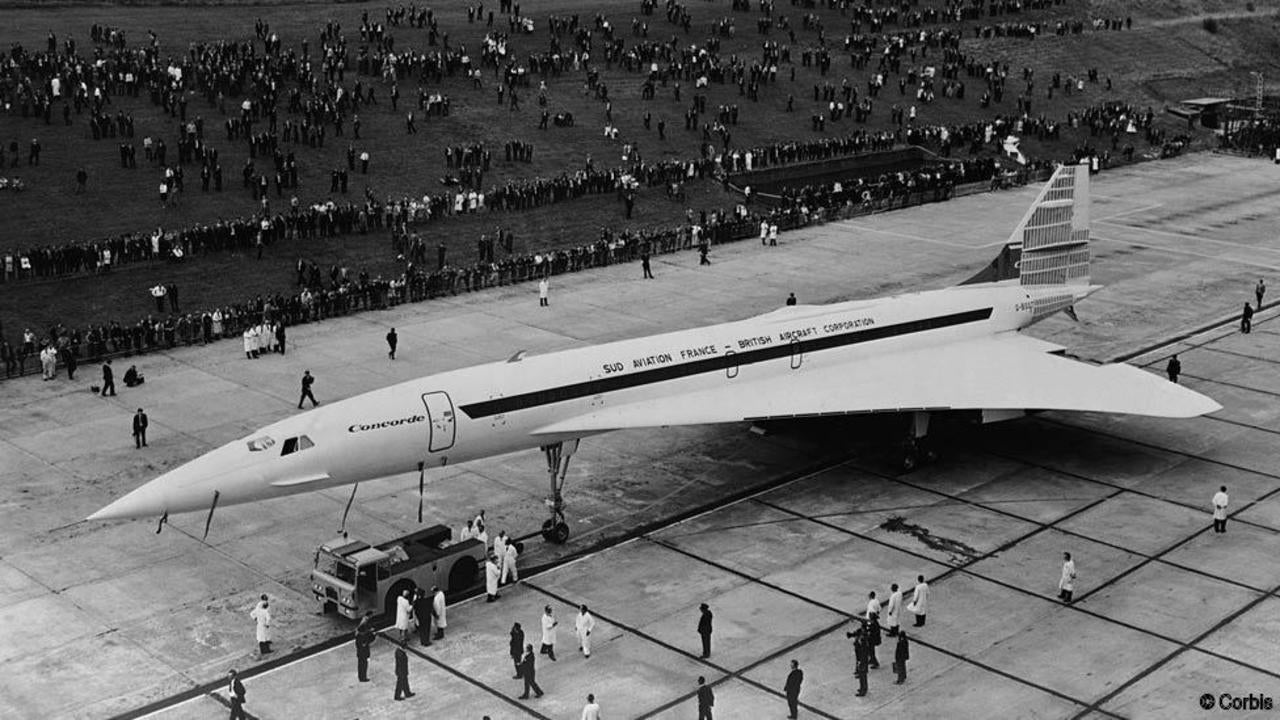
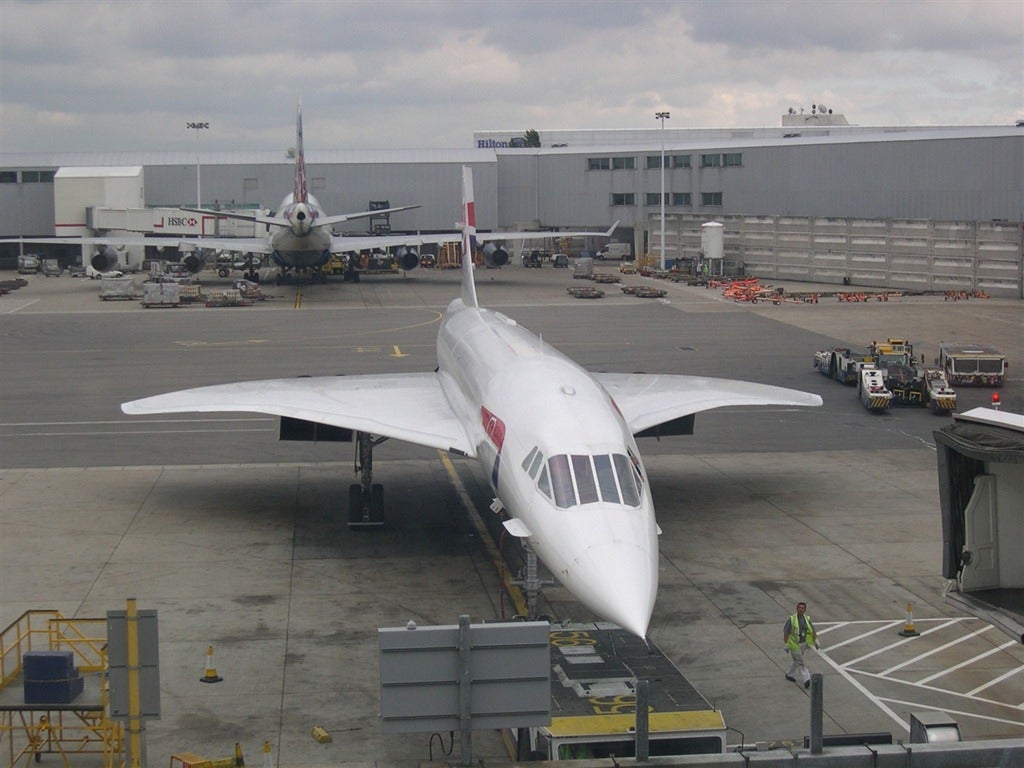
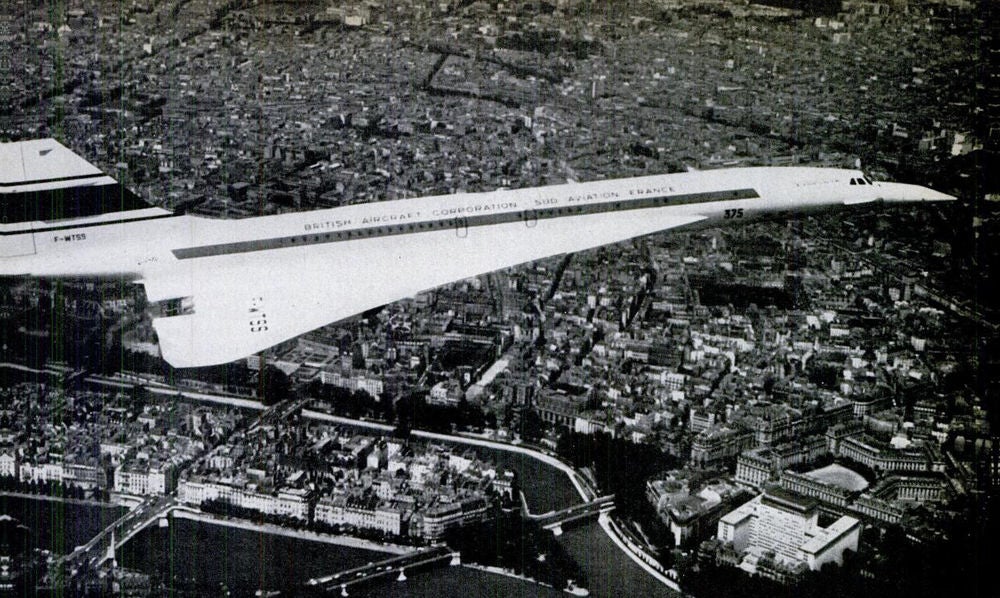
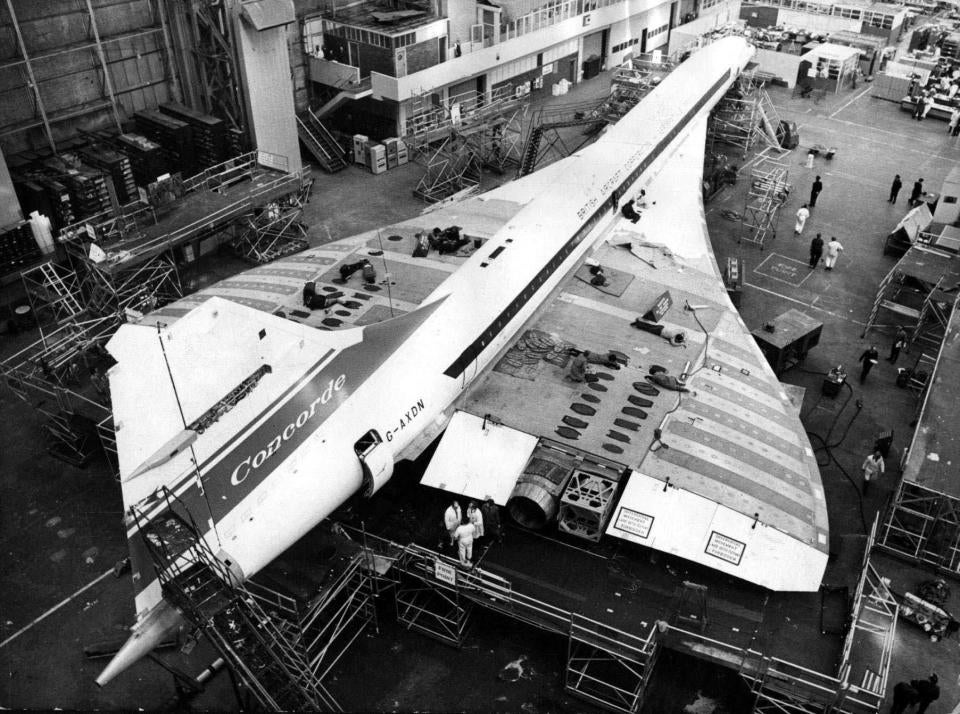

 "MrDakka" (mrdakka)
"MrDakka" (mrdakka)
03/03/2017 at 13:16, STARS: 1
*Flashbacks to college days of modeling airflow over NACA airfoils*
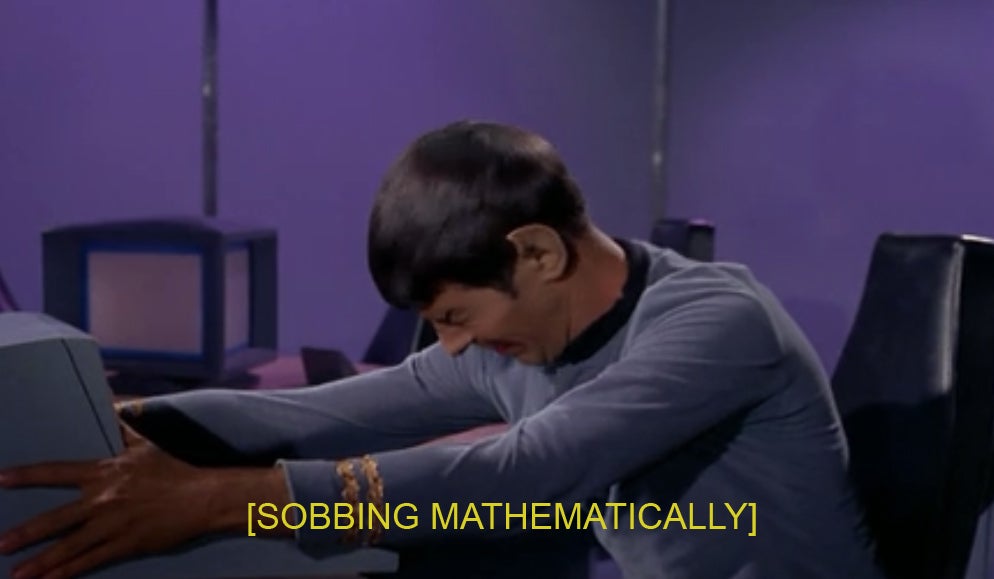
 "Chariotoflove" (chariotoflove)
"Chariotoflove" (chariotoflove)
03/03/2017 at 13:43, STARS: 0
I miss the Concorde. I would never have had occasion to fly in it, but I loved that it existed. And now, this comp[any called Boom is saying it will produce a new generation of supersonic commercial jet. I don’t know if it will happen, but even if it does, I don’t know if it will ever be as cool as the Concorde in its day because of what it represented.
 "ttyymmnn" (ttyymmnn)
"ttyymmnn" (ttyymmnn)
03/03/2017 at 14:08, STARS: 1
I think you’ve hit the nail on the head. When Charles Lindbergh arrived in Paris, throngs of people came out to meet him. Aviation was new, exciting, and there were still so many records to be broken. I think Concorde played into that old euphoria. It was futuristic, it was fast, it was cool, it was new. I remember being so excited to see one on the ground in NY when I was young. You could come out with a modern Concorde today but it wouldn’t be the same. SST has been done, and it would almost seem cynical to try and do it again. Supersonic flight is no longer the future, it’s today, and we’ve become jaded about it.
 "ttyymmnn" (ttyymmnn)
"ttyymmnn" (ttyymmnn)
03/03/2017 at 14:08, STARS: 0
That’s why I’m a musician/historian, not a mathematician.
 "ttyymmnn" (ttyymmnn)
"ttyymmnn" (ttyymmnn)
03/03/2017 at 14:10, STARS: 1
Nice! I love the old AF livery. And dat Meteor chase plane! Great shots.
 "ttyymmnn" (ttyymmnn)
"ttyymmnn" (ttyymmnn)
03/03/2017 at 14:18, STARS: 1
Definitely needs clarification (this paragraph went through several rewrites). Curtiss proposed a twin-engine aircraft weighing 32,000 lbs to meet the Air Force’s specification for a jet fighter, but the AF rejected the proposal, saying that the engines wouldn’t be powerful enough to achieve the required performance. Curtiss continued work on the twin-engine aircraft as an attack aircraft, dubbed the XA-43, but the AF ordered Curtiss to spend the money instead on developing the XF-87. All this is to say that you’re right, the XF-87 only ever had 4 engines, and the two-engine bit was my confusion with the XA-43. I’ll fix it. Thanks for pointing that out.
 "ttyymmnn" (ttyymmnn)
"ttyymmnn" (ttyymmnn)
03/03/2017 at 14:20, STARS: 0
Interesting, and sadly, not surprising. Thanks for that.
 "ttyymmnn" (ttyymmnn)
"ttyymmnn" (ttyymmnn)
03/03/2017 at 14:20, STARS: 1
Thanks! I’m having fun getting back into the cockpit, as it were.
 "ttyymmnn" (ttyymmnn)
"ttyymmnn" (ttyymmnn)
03/03/2017 at 14:23, STARS: 0
Heavy sigh. I’d love to get back the the U-H Center. Last time we were there, we only had a very limited time.

 "ttyymmnn" (ttyymmnn)
"ttyymmnn" (ttyymmnn)
03/03/2017 at 14:25, STARS: 0
Hey, I like Styx. First live concert I ever went to was Paradise Theater. That was a long time ago.....

03/03/2017 at 14:50, STARS: 1
......Yeah, Curtis should have just left well enough alone. The A-43 might just have worked as light bomber/attack airplane and saved the company.
 "Chariotoflove" (chariotoflove)
"Chariotoflove" (chariotoflove)
03/03/2017 at 14:50, STARS: 0
Maybe SpaceX and its ilk are the new Concorde?

03/03/2017 at 14:53, STARS: 1
Hey hey hey! No posting strong poronography before the watershead!

03/03/2017 at 14:53, STARS: 0
Hey hey hey! No posting strong poronography before the watershead!
 "ttyymmnn" (ttyymmnn)
"ttyymmnn" (ttyymmnn)
03/03/2017 at 15:09, STARS: 0
Perhaps, but we’ve already been to the moon, so it’s nothing new. Just a new way of getting there.
 "Chariotoflove" (chariotoflove)
"Chariotoflove" (chariotoflove)
03/03/2017 at 15:12, STARS: 0
Maybe, but I was thinking that we had supersonic speed before the Concorde, but it was the first time average people could experience it. I’m thinking this new phase of the space age is special because of the possibility that space is finally going to be accessible to the public.
 "ttyymmnn" (ttyymmnn)
"ttyymmnn" (ttyymmnn)
03/03/2017 at 15:15, STARS: 0
Good point. Still, I think we’ve become jaded with technology.
 "Chariotoflove" (chariotoflove)
"Chariotoflove" (chariotoflove)
03/03/2017 at 15:19, STARS: 1
We really have. My antidote for that is to occasionally pop in our copy of Apollo 13 for movie night. Reminds me of perspective. We also have documentaries of the Apollo program.
 "f86sabre" (f86sabre)
"f86sabre" (f86sabre)
03/03/2017 at 15:47, STARS: 1
I see my plane up at the top.
It kind of pleases me that we went to Kitty Hawk a couple of weeks ago and now we are seeing Apollo 11. First flight to the moon. I am also pleased that my son is excited to go.
 "ttyymmnn" (ttyymmnn)
"ttyymmnn" (ttyymmnn)
03/03/2017 at 16:21, STARS: 0
Your plane? My older son used to be really jazzed about airplanes, but like most 14-year-olds, he doesn’t seem to be interested in much of anything these days except girls and his iPhone.
 "Yowen - not necessarily not spaghetti and meatballs" (yowen)
"Yowen - not necessarily not spaghetti and meatballs" (yowen)
03/03/2017 at 16:31, STARS: 0
Always fascinating to read about Concorde, no matter how many times I’ve read about them before.
What do you think of the future of high speed passenger flight? I know for efficiency’s sake we are actually flying around even slower now. But do you think at some point in the (near) future we might have a technological breakthrough that would allow us to efficiently (enough) move people around at Concorde-speeds again? Or even anything above like Mach 1.2.
 "ttyymmnn" (ttyymmnn)
"ttyymmnn" (ttyymmnn)
03/03/2017 at 17:05, STARS: 0
I’m probably not the best person to ask, since I’m no engineer. However, I do know that almost the entirety of commercial aviation right now is being driven by fuel economy. Hell, Delta even bought their own oil refinery in an attempt to save money of fuel. As you said, modern engines are designed for maximum efficiency just below the speed of sound. My guess as a layman is that taking that next step will require much more fuel and much more development money than airlines and airliner manufacturers are willing to spend. That said, I think the next SST will likely be an SST business jet, something on a much smaller scale than a large passenger airliner. There is also a startup company called Boom Technology that is working towards a 50-seat SST. Richard Branson has already purchased options on 10 aircraft.
 "f86sabre" (f86sabre)
"f86sabre" (f86sabre)
03/04/2017 at 07:46, STARS: 1
The silver bi-plane is one of our dusters.
https://airandspace.si.edu/collection-objects/huff-daland-duster
 "Yowen - not necessarily not spaghetti and meatballs" (yowen)
"Yowen - not necessarily not spaghetti and meatballs" (yowen)
03/06/2017 at 10:18, STARS: 0
Awesome! I think there’s definitely a market for the ultra rich that would shell out the money for supersonic business jet travel. I wonder if a 50 passenger example would be on the high side for those purposes? I bet a 10 to 20 passenger jet could do well for important business people and as well for Johnny Depp, so he can go a little more bankrupt and at a few more millions per month in expenses.
On the other hand, maybe we just don’t care as much anymore. With internet connectivity being more and more ubiquitous we are no longer in a communications blackout when we do any sort of travel.
At the end of the day, I imagine there has to be an untapped market for this sort of thing, it may be small, but I bet 1 or 2 smaller-scale supersonic-jet-builders could sustain themselves.
And though you are no engineer, your thoughts on the subject are more informed than mine!
 "ttyymmnn" (ttyymmnn)
"ttyymmnn" (ttyymmnn)
03/06/2017 at 15:42, STARS: 0
On the other hand, maybe we just don’t care as much anymore. With internet connectivity being more and more ubiquitous we are no longer in a communications blackout when we do any sort of travel.
I think this is a very salient observation. With modern connectivity, people are willing to spend up to 17 hours cooped up in a plane. And the only way to make flights of that distance profitable is to take a whole bunch of passengers, three times what the Concorde could accommodate. Unless it’s an emergency, you really don’t need to cross the Atlantic in 3 hours.
And though you are no engineer, your thoughts on the subject are more informed than mine!
That’s very kind. But the more I read, the more I realize I don’t know. And the Internet can make anybody an instant expert. But, as the great historian Daneil Boorstin said, “Education is learning what you didn’t even know you didn’t know.”
 "Yowen - not necessarily not spaghetti and meatballs" (yowen)
"Yowen - not necessarily not spaghetti and meatballs" (yowen)
03/06/2017 at 16:03, STARS: 1
Unless it’s an emergency, you really don’t need to cross the Atlantic in 3 hours.
I think there’s one more exception to this rule, you are opulently rich (or at least you think you are) and you want to show off to your friends. There is no shortage of this type of person when it comes to athletes, actors, musicians and other wealthy people that enjoy showing off.
And boy do I hope the desire for this is strong. Because I want to see supersonic passenger jets. It may be one of the few times in modern history where we’ve taken a step back technologically speaking (let’s leave politics out of this, haha). Sure we gained efficiency, we gained onboard wifi and we’ve gained better onboard infotainment. But we sure did lose supersonic!
As for other things we are now missing, technologically speaking. Things we once had and now do not. I can’t think of much.
“Education is learning what you didn’t even know you didn’t know.”
It’s amazing, I had a moment that perfectly exemplifies this quote, just the other day. You think you’ve dotted your i’s and crossed your t’s and as I’m explaining X to my friend, I realize I’ve totally overlooked a variable, which ends up completely invalidating X. Great quote.
 "ttyymmnn" (ttyymmnn)
"ttyymmnn" (ttyymmnn)
03/06/2017 at 16:32, STARS: 0
Speaking of emergencies, there is a famous story of a tenor who made his Met debut when Pavarotti couldn’t sing the part in his old age. They called him in Italy, and he flew to London and took the Concorde to NYC and was singing the role the next night. He made both flights the same day. I can’t even imagine how much that cost the Met. But the show must go on!
 "Yowen - not necessarily not spaghetti and meatballs" (yowen)
"Yowen - not necessarily not spaghetti and meatballs" (yowen)
03/06/2017 at 16:47, STARS: 1
Haha, very cool story.
Today he’d need to be put on a military jet, haha. If instead a fleet of supersonic passenger jets were strategically placed around the world, I wonder if there’d be enough such emergencies and extravagances that they’d be utilized sufficiently.
I suppose they’d have the same limitation as Concorde, of only being able to go supersonic when it’s not over land. Which could limit the effectiveness of such a venture.
 "ttyymmnn" (ttyymmnn)
"ttyymmnn" (ttyymmnn)
03/06/2017 at 16:55, STARS: 0